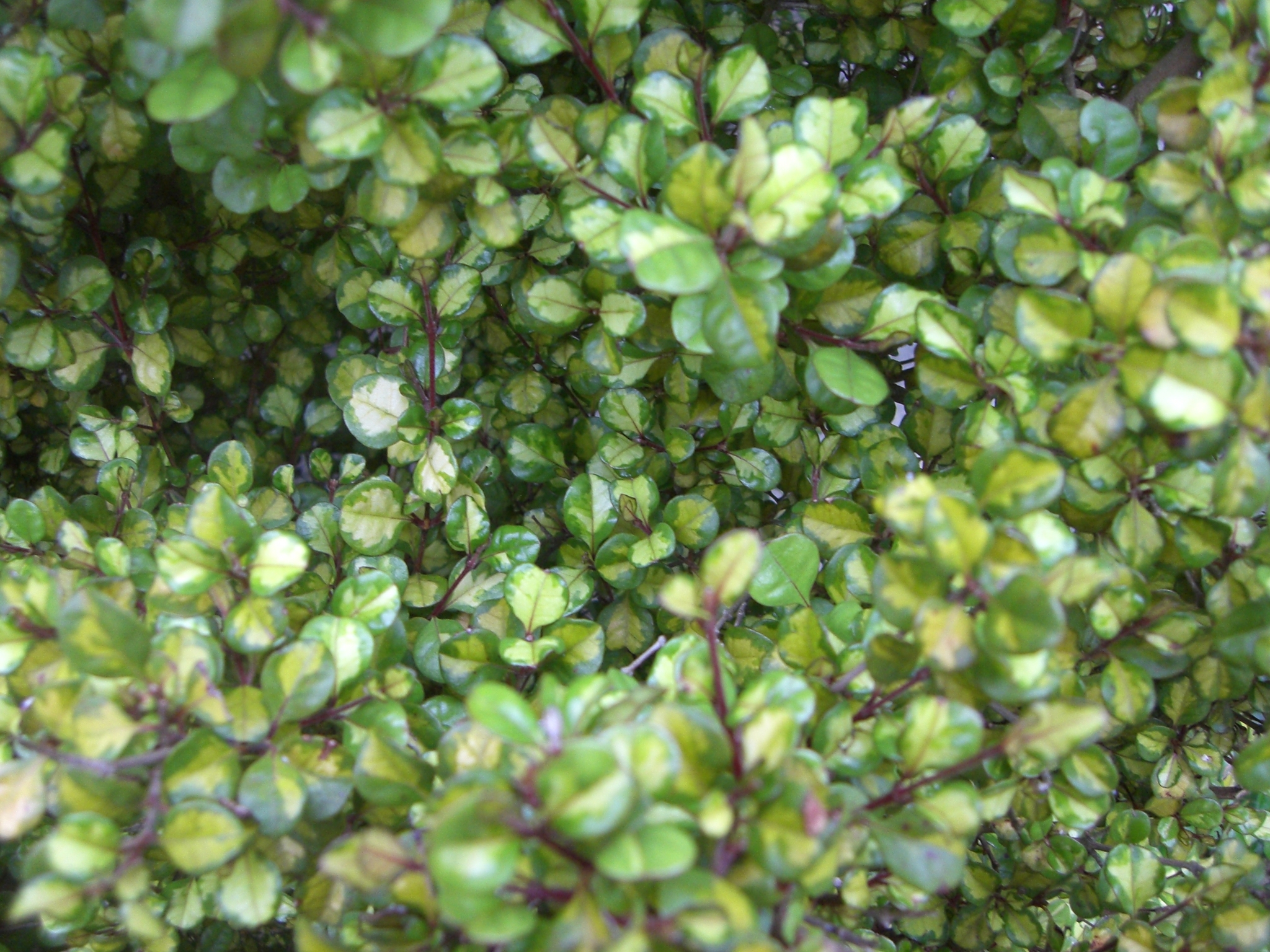
Greek kopros — dung, osme — smell, referring to the unpleasant smell of some species.
Shrubs and trees. Leaves opposite, sometimes with domatia on the lower surface; stipules interpetiolar and often sheathing. Flower clusters terminal or axillary, sometimes solitary. Flowers with sexes generally on separate plants. Calyx with 4-5 lobes, persistent. Corolla 4- to 6-lobed. Stamens 4-5, attached at the base of the tube, the anthers protruding. Ovary inferior, mostly 2-chambered, each with 1 ovule. Fruit a fleshy drupe with 1-2 seeds.
Hybrids are sometimes available, making identification difficult. Grown for the interesting forms, foliage and berries, often in massed plantings as landscape shrubs. A number of species are occasionally grown that are not listed here. A key is therefore not given, as it would be likely to confuse.
Softwood cuttings.
Dyes have been extracted from several species; the bark, leaves and twigs have some medicinal uses; the seeds of some species have been ground to make a coffee.
Leaves generally with domatia in the lower-surface vein axils; stipules triangular with 1 or more small teeth; sexes generally on separate plants; flower lobes entire or notched, the margins mostly curled under.
About 100 species from Australia, Malesia, southern China, the Pacific, Chile and Trista da Cunha. Australia has 6 species.
Hutchins (1995). The International Cultivar Register is maintained by the New Zealand Institute of Horticulture.
Source: (2002). Rubiaceae. In: . Horticultural Flora of South-eastern Australia. Volume 4. Flowering plants. Dicotyledons. Part 3. The identification of garden and cultivated plants. University of New South Wales Press.

Cultivars of hybrid or uncertain origin
A number of other cultivars are listed but are of uncertain origin, nomenclature and history including 'Black Cloud', 'Black Lace', 'Cream Cascade', 'Gold Fever', 'Green & Gold', 'Kiwi', 'Koro Red', 'Little Walter', 'Little Wanderer', 'Painter's Palette', 'Pride', 'Rainbow King' and 'Yvonne'.
Shrub to 2 m tall with leaves to 2 cm long and 1.5 cm wide, shiny green above with a central yellow blotch.
Of hybrid origin, with C. areolata as a possible parent.
Leaves distinctively brownish copper-coloured. ['Copper Sheen']
Raised in New Zealand by W.B. Brockie.
A low, mound-forming to prostrate shrub with glossy leaves.
This is probably a form of C. ×kirkii, collected in the wild by Mr V.C. Davies from near Paraparaumu on the SW North Island, New Zealand, pre-1957.
Compact shrub to 1m tall and 15 cm wide, with tiny bronze to green leaves.
A hybrid raised by W.B. Brockie of New Zealand.
Compact shrub to 1.5 m tall. Leaves glossy and brownish copper, even in summer, darkest in winter and with a large, distinctive undulation forming a twist.
Similar to 'Coppershine' but retaining colour throughout the year.